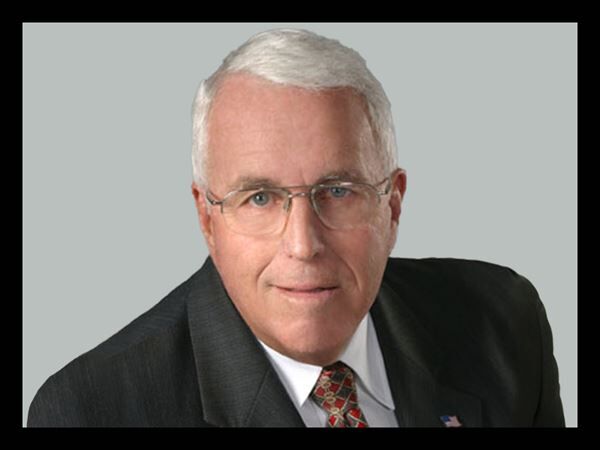Economist: California rule will raise health insurance costs
Regional News

Audio By Carbonatix
11:20 AM on Friday, October 3
Dave Mason
(The Center Square) – For economist Wayne Winegarden, it’s a no-brainer.
More competition lowers prices, and less competition raises them, Winegarden told The Center Square this week. He calls that Economics 101.
But a California rule taking effect Jan. 1, 2026 will limit the number of insurance plans allowed in each county and thus drive up premiums for the 1.7 million Californians who are enrolled in both Medicare and Medi-Cal, the state's version of Medicaid, said Winegarden. He authored a new brief on the issue for Pasadena-based Pacific Research Institute and is director of the think tank’s Center for Medical Economics and Innovation.
Winegarden’s brief, "Promoting Choice and Competition to Improve Healthcare," notes the California Department of Health Care Services will limit the number of health insurance plans throughout the state. In fact, DHCS data shows that in most counties, Californians in 2026 will have a choice of two or three plans.
The new rule makes no sense, Winegarden said.
“You would never hear someone say we need fewer automotive dealerships," the economist told The Center Square. He noted that would drive up the price of cars.
“But that’s the message we get on health care," Winegarden said. “We need to explain to people that competition works in the same way in health care as it does in any other market."
“This is no theoretical academic discussion,” he said, pointing to evidence he found. “In the health care system, the more competitors you have, whether it’s insurance, hospitals or providers, the costs are actually lower when there’s more competition and higher when there’s less competition.”
In fact, he found research showing that costs rise 20% to 30% and as much as 65% when hospitals consolidate.
He also cited a study showing that insurance rates grew by 14% when companies consolidated in Nevada.
And his brief cites a 2022 Rand study that found less competition in health insurance means less compensation for health providers and higher premiums for patients.
"The theory that narrowing choices improves outcomes for patients is the epitome of static thinking," Winegarden writes in his brief. "It misdiagnoses why healthcare affordability improves and why it worsens."
“This new rule harms competition by limiting the number of allowable insurers within each county,” Winegarden writes. “It actively obstructs organizations that are currently serving dual-eligible beneficiaries from serving new regions or expanding the number of beneficiaries they are currently serving.”
“Dual eligible” refers to people who can get both Medicare and Medi-Cal.
Examples of the limited choices include Alameda County, where Medicare/Medi-Cal patients will be able to choose only between Alameda Alliance for Health and Kaiser Permanente.
In Fresno County, the choice is between CalViva Health, Anthem Blue Cross Partnership Plan and Kaiser Permanente. Ventura County will have a choice of Gold Coast Health Plan and Kaiser Permanente.
Los Angeles County is allowed to have four plans, and San Diego County, five plans, according to DHCS data.







